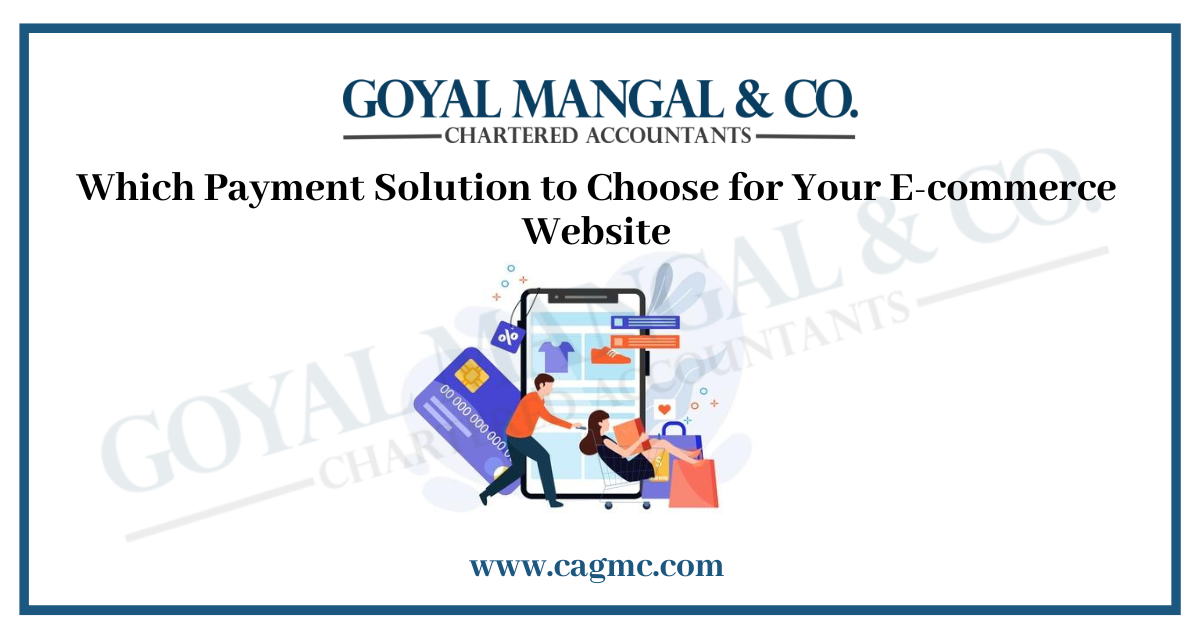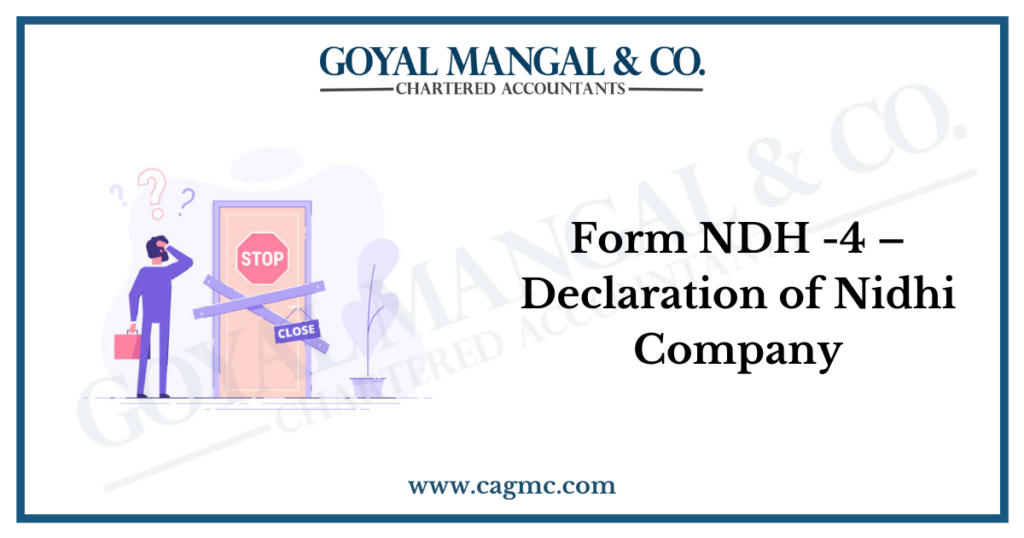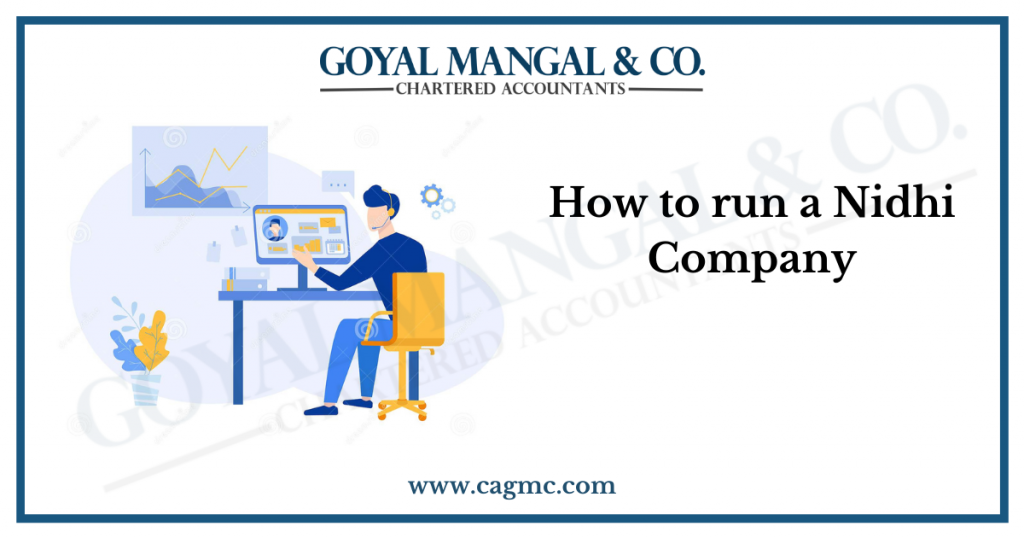 E-Commerce, also known as electronic commerce or internet commerce, is an activity of buying and selling goods or services over the internet or open networks. So, any kind of transaction is considered E-commerce. E-commerce can be defined in many ways, some define E-Commerce as buying and selling goods and services over the Internet, while others define E-Commerce as retail sales to consumers for which the transaction takes place on open networks. The buying and selling of products, services, and digital products through the Internet all fall under the umbrella of e-commerce.
E-Commerce, also known as electronic commerce or internet commerce, is an activity of buying and selling goods or services over the internet or open networks. So, any kind of transaction is considered E-commerce. E-commerce can be defined in many ways, some define E-Commerce as buying and selling goods and services over the Internet, while others define E-Commerce as retail sales to consumers for which the transaction takes place on open networks. The buying and selling of products, services, and digital products through the Internet all fall under the umbrella of e-commerce.
This article briefly describes the Payment Methods For Your Ecommerce Site, & the Importance of Choosing the Best Payment Solution for Ecommerce.
| Table of Contents |
Categories of E-commerce
Business-to-Business B2B – B2B e-commerce consists of all kinds of electronic transactions, dealings, and business related to the goods and services that are conducted between two companies. This type of e-commerce exists between the producers of a product and the conventional wholesalers who advertise the product to consumers for purchase. So, in this kind of e-commerce, the final consumer is not involved and the online transactions only involve the manufacturers, wholesalers, retailers, etc.
Business-to-Consumer B2C – It is the most common form of e-commerce, and it deals with electronic business relationships between businesses and consumers. This kind of e-commerce allows consumers to shop around for the best prices, read customer reviews and find different products that they would not find otherwise in the retail world. This kind of e-commerce is related to the transactions and relationships between businesses and end customers. Today, we find various online shopping sites and virtual stores on the internet, that sell thousands of products, ranging from computers, and fashion items to medicines and other necessities.
Consumer-to-Consumer C2C – This level of e-commerce consists of all electronic transactions that take place between consumers. This consists of electronic transactions of goods and services between two customers and is mainly conducted through a third party that provides an online platform for these transactions. Generally, these payment transactions are provided by online platforms (such as Paytm, Google Pay, etc), and are conducted through social media networks (such as Facebook, Instagram, etc) and websites.
Consumer-to-Business C2B – In C2B e-commerce, a consumer or an individual makes their goods or services available online for companies to purchase, so, in this kind of e-commerce a complete reversal of the selling and buying process takes place.
Business-to-Administration B2A – This e-commerce consists of electronic transactions that take place between companies and bodies of public administration such as the government. Therefore, the B2A model is sometimes also referred to as B2G (Business-to-Government).
Consumer-to-Administration C2A – This e-commerce consists of electronic transactions that take place between people and bodies of public administration.
Benefits of E-Commerce
- E-commerce is an advanced way of conducting business online and across borders and because of that it has various advantages to it:
- Its reach is across the global market and with minimum investments.
- It enables sellers to sell their products on a global level and allows customers to make a broader choice. Now sellers and buyers can meet in the virtual world, without the barrier of borders.
- The E-commerce process reduces the product distribution chain to a considerable extent.
- It helps in making a direct and transparent business and transaction channel between the producers, wholesalers, and final customers.
- It provides quick delivery of goods and customer complaints are also addressed quickly. It also saves time, energy, and effort for both the consumers and the company.
- E-commerce leads to increased productivity and better service as it brings sellers and customers closer.
- The customer can choose between different sellers.
- Customers now have access to virtual stores all the time.
- E-Commerce leads to considerable cost reduction of goods and services. Transaction costs are also reduced in E-commerce and due to that customers get to buy products at a comparatively lower rate.
Importance of Choosing the Best Payment Solution for Ecommerce
Secure payment processing safeguards against fraud and other security risks while facilitating the movement of online payments, customer data, and other sensitive information. Internet shopping is indeed gaining popularity owing to its convenience and low cost. With the virtual global reach of e-commerce, businesses with websites and mobile apps have the potential to make more money from foreign digital visitors. Since the degree of data encryption is an ongoing issue, site visitors should feel secure and confident in their transactions while establishing a connection with your firm to find the newest online payments and you can receive online transactions instantly. Consumers often choose websites based on acceptable payment methods when confronted with a bewildering assortment of purchasing options. Any small business can benefit from Stax. It is a subscription-based service with a set monthly cost, and it accepts all payment methods and integrates with most terminals and point-of-sale (POS) systems. In light of the 0% markup on interchange costs, Stax can result in transactional cost savings for you. More sales do not equate to larger Stax fees.
Conclusion
E-commerce is a developing area. With the advancement in technology and communication, e-commerce has also gained popularity among the people of India and worldwide. It has made e-business easy and accessible to people sitting at home. E-commerce has a huge impact on costs, access to goods and services, and increased productivity of businesses. It also plays an important role in the economic growth and development of a nation.


